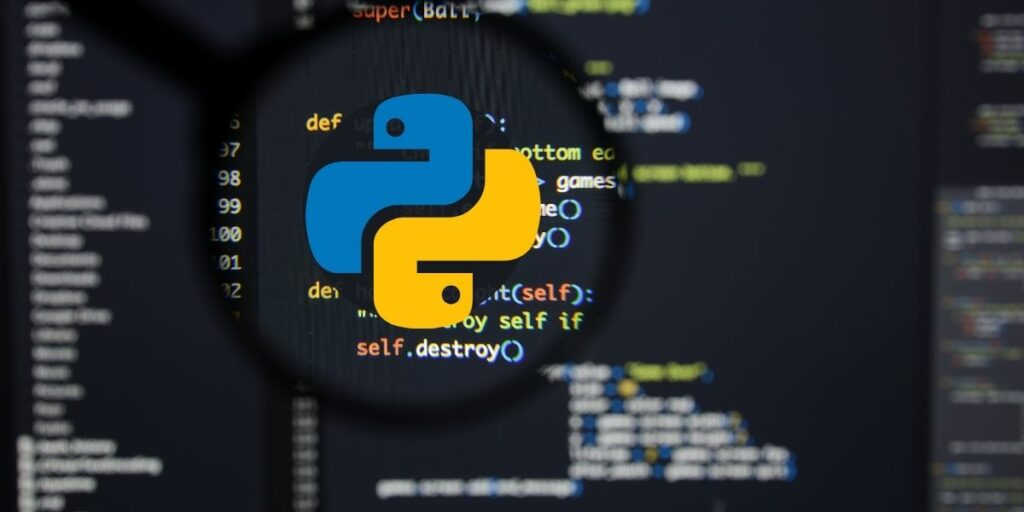
Compare Machine Learning Algorithms with IRIS Dataset
Comparing machine learning algorithms with the IRIS dataset in Python is a common task in machine learning, as it allows to evaluate the performance of different algorithms on a known dataset and choose the best one for a specific problem.
The IRIS dataset is a popular dataset for machine learning, and it contains information about different types of iris flowers such as their sepal length, sepal width, petal length, and petal width. This dataset can be obtained from various sources such as UCI Machine Learning Repository.
To compare machine learning algorithms with the IRIS dataset in Python, you need to first obtain a dataset and then divide it into two parts: a training set and a test set. The training set is used to train the different machine learning algorithms, while the test set is used to evaluate the performance of the algorithms.
Then you can use different libraries available in python such as scikit-learn to implement various machine learning algorithms such as K-Nearest Neighbors (KNN), Logistic Regression, Decision Tree, Random Forest, etc.
After the different algorithms have been trained, you can evaluate their performance on the test set by comparing their accuracy, precision, recall, F1 score, etc. You can also visualize the results in the form of plots and tables to make the comparison easier.
It’s important to note that the performance of the algorithms might change depending on the specific problem, so it’s important to test different algorithms on the dataset and choose the one that performs the best. Also, the performance of the algorithms might change depending on the specific dataset, so it’s important to test the chosen algorithm on different datasets.
In summary, Comparing machine learning algorithms with the IRIS dataset in Python is a common task in machine learning. It allows to evaluate the performance of different algorithms to compare machine learning algorithms with the IRIS dataset in Python, you need to first obtain the dataset, divide it into two parts, then use different libraries in python to implement various machine learning algorithms and evaluate their performance on the test set by comparing their accuracy, precision, recall, F1 score, etc. You can also visualize the results in the form of plots and tables to make the comparison easier. And it’s important to note that the performance of the algorithms might change depending on the specific problem, so it’s important to test different algorithms on the dataset and choose the one that performs the best. Also, the performance of the algorithms might change depending on the specific dataset, so it’s important to test the chosen algorithm on different datasets.
In this Applied Machine Learning & Data Science Recipe (Jupyter Notebook), the reader will find the practical use of applied machine learning and data science in Python programming: How to Compare Machine Learning Algorithms with IRIS Dataset.
Essential Gigs
For only $50, Nilimesh will develop time series forecasting model for you using python or r. | Note: please contact me…www.fiverr.com
For only $50, Nilimesh will do your data analytics and econometrics projects in python. | Note: please contact me…www.fiverr.com
For only $50, Nilimesh will do your machine learning and data science projects in python. | Note: please contact me…www.fiverr.com
For only $50, Nilimesh will do your gis and spatial programming projects in python. | Note: please contact me before…www.fiverr.com